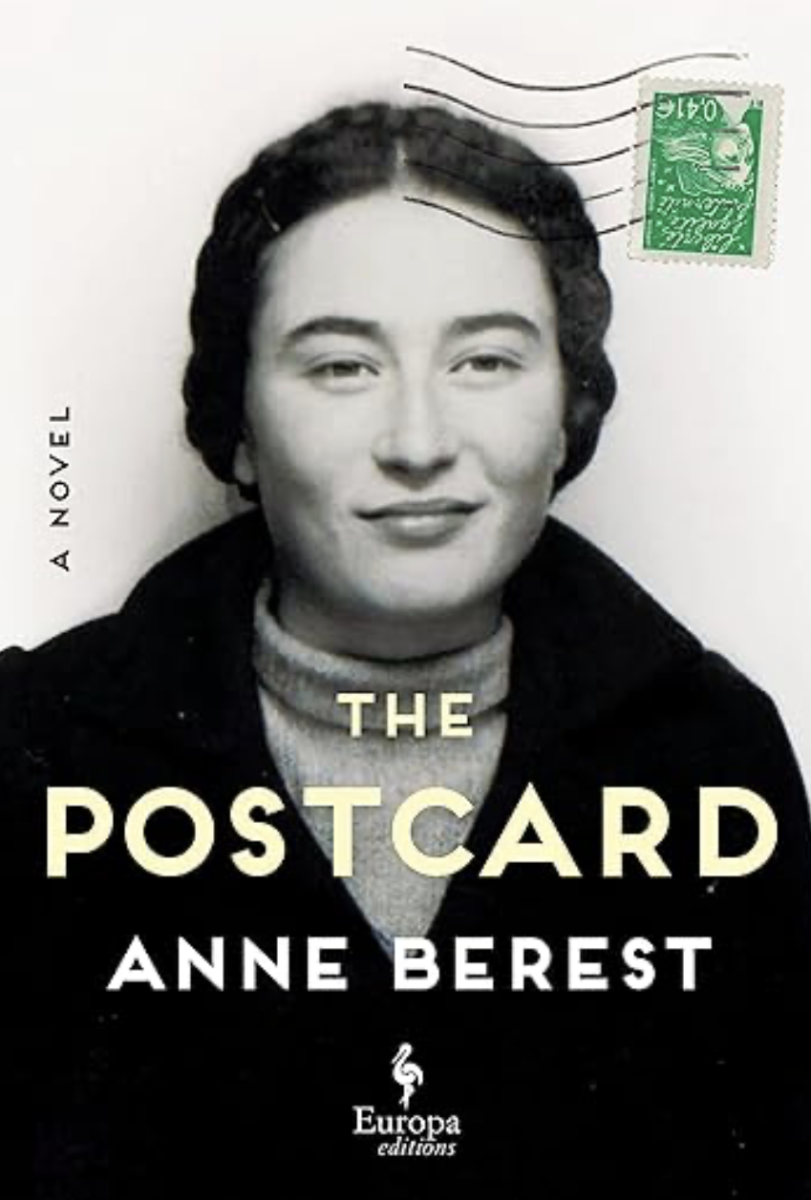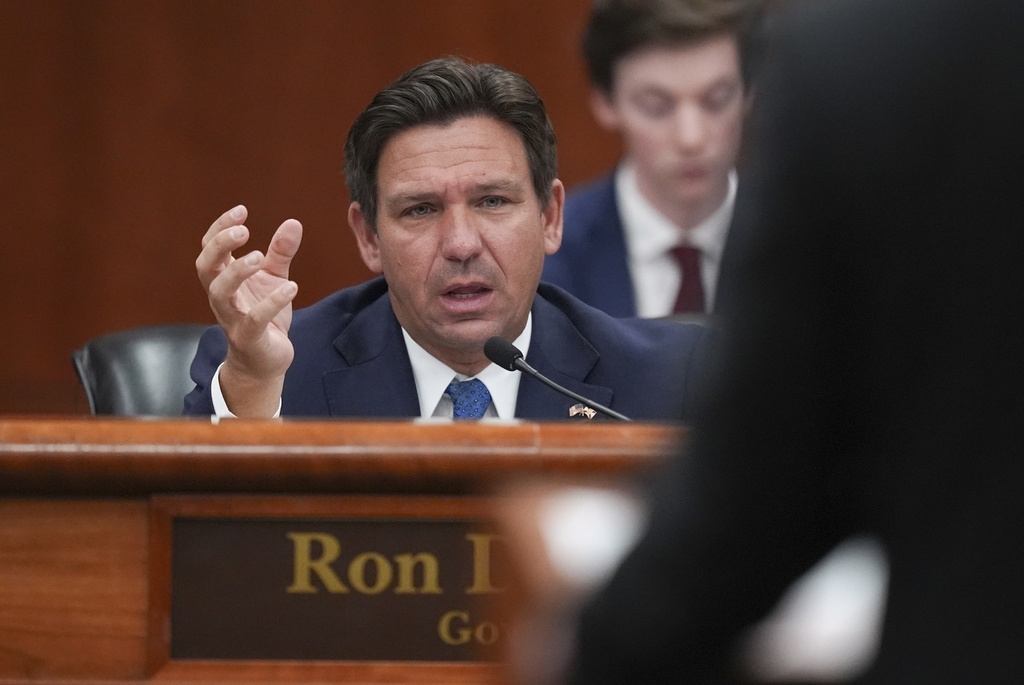Last year, the Center for Disease Control and Prevention released a report that further demonstrated the horrors of what is the domestic violence epidemic in the United States. In the report, which analyzed 10,018 female homicides from 2004 to 2013 in 18 states, showed that 55 percent, or 5,509 of those homicides were done by a current or former partner, or someone the partner knew. The former was a lot more common than the latter, taking 93 percent, or 5,124 of those homicides.
As devastating as these statistics are, they don’t just end there. The Violence Policy Center’s 2013 report showed that 1,509 women were slain in 2011 with 926 of those being committed by a current or former partner. Overall, According to the National Domestic Violence Hotline website, women will be the victim of domestic violence during at least one point in their lifetimes.
And it’s not even just women either: the same organization states that one in seven men are victims of domestic violence during their lives too. For LGBT individuals, which of course includes lots of men, the average is that two out of five.
Despite these studies and statistics, domestic violence is still a barley-discussed topic, even in today’s mass media age.
Sure, the MeToo Movement has made great progress in raising awareness about sexual harassment and assault, especially within the entertainment industry, and high-profile politicians and celebrities have been put on notice for their predatory behaviors. One of them included New York’s Democratic Attorney General Eric Schneiderman, a self-declared “feminist,” resigned earlier in the year after The New Yorker reported how four women accused Schneidermann of abuse during their relationships with him. That was a major win, and sent a message that abuse by rich famous men won’t be tolerated anymore.
The problem is, most domestic abusers are not rich or famous. And some of the ones who are rich and famous, including the now-dead rapper XXXTentacion, were famous in large part because they were domestic abusers!
Even worse than that though, many of the most well-known domestic abusers are well-known, but not even for their abuse, but rather, for other horrific crimes they’ve committed.
According to an FBI report, there has been a steady rise in public mass shootings from 2004-2014.In recent years, these shootings have horrified the nation, from Sandy Hook Elementary in Newtown, Connecticut; the Pulse Nightclub in Orlando, Florida; and a country music concert in Las Vegas, Nevada.
However, one of the main elements tying these horrific crimes together is often not discussed: domestic violence.
Adam Lanza began his killing spree by murdering his own mother, a form of family violence. Before taking the lives of 48 clubgoers in the worst homophobic hate crime in the history of the United States, Omar Mateen beat and terrorized his ex-wife. Recently, news reports have come out showing that the demon behind the Las Vegas Shooting, Stephen Paddock, the worst modern-day mass shooting in the history of the U.S. with 58 people dead, and over 500 injured, had repeatedly verbally abused his girlfriend in front of other people.
The list doesn’t end there. In fact, according to the FBI, 57 percent of all public mass shootings start out as domestic disputes. And in these killings, the most common victims are innocent children.
In 2015, Robert Lewis Dear Jr shot and killed three innocent people during a domestic terrorist attack on a Planned Parenthood clinic in Colorado Springs, Colorado; he had a history of harassing and stalking women. Not only that, but one of Dear’s victims was Garrett Swasey, a 44-year-old policeman with a wife and two young children. As tragic as this is, statistically-speaking, it’s not surprising at all. In fact, American law enforcement dies responding to domestic dispute calls more than any other type of call.
I remember watching an episode of The First 48, a documentary show on A&E that follows homicide detectives investigating real-life murder cases. One episode in New Orleans, Louisiana – called “Heartless” – involved a scumbag named Shawn Peterson, who murdered his 39-year-old girlfriend Jaron George, and her two children, including her 20-year-old daughter Trisia George and Peterson’s own blood-son Leonard George, just 18-years-old. The murders were horrific; they were shot execution-style, sitting in their car, parked in their home’s garage.
Almost immediately, police identified Peterson as a suspect; he had a history of abusing Jaron, and he wouldn’t leave her alone. Not only that, but hurting women he once loved wasn’t new for him: the episode mentions he served a 10-year sentence for attempted murder when, during a drug deal gone wrong, he grabbed his girlfriend and used her as a literal human shield, causing her to get shot, and almost die.
This episode really haunted me, and showed in many ways the damage domestic violence does, especially when it’s allowed to progress. It’s mentioned in that episode that the neighborhood where Jaron George and her children were slain was, in the words of the Lead Detective Darrell Doucette, a “pretty good area.” She was also a 9-1-1 call operator as well, meaning she had lots of connections to law enforcement. But when she decided that she had enough of Peterson, he responded by killing her and her kids.
Peterson is now serving an 80-year sentence after pleading guilty to three counts of manslaughter. Although I’m happy he’ll be dying imprisoned, it doesn’t change the fact that he already killed. It also doesn’t change the fact that, again, the people who he killed were not your typical high-risk victims, although studies do show that lower-income women are more likely to be victims of domestic violence than anyone else.
This is in large part because of a lack of control they have over their finances. In fact, most of the time, victims stay with their abusers because of the financial control their abusers have over them. Often times they’re threatened with being kicked out their homes, and being left homeless, without resources or help in any way whatsoever. According to The Allstate Foundation, financial abuse is present in 98% of all domestic violence-related cases.
In general, domestic violence is a costly matter; a Department of Health and Human Services study shows American women lose a total of 8,000,000 work-days per year due to domestic violence. The average emergency cost for domestic violence victims, according to the Corporate Alliance to End Domestic Violence, is $948 for women, and $387 for men.
Yet, the myth of victims staying with their abuser out of love is still so prevalent in society. Not helping is that the media reports domestic violence murders in an incredibly insulting way to the victims of abuse.
For all their faults, The Huffington Post has done a tremendous job reporting on the horrors of domestic violence (I couldn’t have found half of the links in this article without them). Most of these are written by Melissa Jeltsen, and includes a 2015 article titled “Men Offer Abhorrent Excuses For Killing Women. Don’t Repeat Them.” In the article, Jetson notes how many times abusers kill their victims, usually women as stated before, and will then make up excuses for it. One notable case is from South Florida where a 24-year-old monster disemboweled his girlfriend because she, according to him, the guy who disemboweled her and literally put his hands in her stomach to twist her organs around, yelled her ex-boyfriend’s name during sex.
That poor woman’s name is Maria Nemeth, a well-liked lady with lots of loving friends and family members. Yet, the media, especially in the South Florida area where this happened, chose to go with her psychopath killer’s excuse for their headlines, even though he also changed his story during a police interview. In a sense, don’t speak ill of the dead, unless the dead is dead because she was a domestic violence victim. Then, not only speak ill, but take her story-changing killer’s claims for it too.
Now, there are many ways to stop, or at least, reduce domestic violence. This includes being able to identify the signs of domestic violence, the first of which is seeing if you’re an abusive relationship. According to the website Centerstone.org, eleven signs of being an abusive relationship include:
- Calls you names, insults you or continually criticizes you.
- Controls what you do, whom you see or talk to or where you go.
- Does not trust you and acts jealous or possessive.
- Tries to isolate you from family or friends.
- Monitors where you go, who you call and whom you spend time with.
- Does not want you to work.
- Controls finances or refuses to share money.
- Punishes you by withholding affection.
- Expects you to ask permission.
- Threatens to hurt you, the children, your family or your pets.
- Humiliates you in any way.
If it turns out you are in an abusive relationship, then Centerstone.org offers these solutions:
S – Think of safe places you can go, and safe people whom you trust.
A – Ask for help; do not go it alone. A number of resources are available for support (crisis, emotional, legal).
F – Think of the family you are protecting. Children are affected also.
E – Escape through planning: professionals will help you develop a detailed safety plan for leaving the relationship.
T – Remember there is no excuse for intimidation, control and violence; do not be fooled by the cycle – the honeymoon phase of the apologies.
Y – You are valuable! Domestic violence is more than a relationship problem–it is a crime. Only you can take care of yourself and your children. Take the control back and seek help today.
Obviously though, the victims can’t be relied to do all of these things themselves, that’s just unfair, especially due to the before-mentioned statistics showing the financial disadvantage they are at. Thus, it’s up to everyone, men and women, family and friends, neighbors and co-workers, to support each other emotionally and yes, financially if needed.
We must also work to change the laws dealing with domestic abuse. In recent years, the State of Mississippi has passed a number of reforms to their domestic violence laws, including creating a Domestic Abuse Protection Order Registry, expanding the protection order timespan from 10 to 30 days, and expanding and strengthening already-existing laws too. These proposals were made by Mississippi’s Democratic Attorney General Jim Hood, and passed by Mississippi’s super-majority Republican-ran State Legislature. In today’s hyper-partisan political climate, that says quite a lot.
There’s also the issue of gun-reforms. In response to the horrific Marjory Stoneman Douglas High School Shooting in Parkland, which killed 17 people, pro-gun US Senator Marco Rubio called for an Extreme Risk Protection Order Law allowing families to petition the court system to remove firearms from those deemed to be a danger to themselves and/or others. Rubio even claimed that had Florida had a law in place before the shooting, Nikolas Cruz may not have been able to get his hand on the rifle.
In fact, after the Stoneman Douglas Shooting, numerous states like Massachusetts and Illinois, both of which have Democratic-ran State Legislatures but Republican Governors, signed them into law. Even the majorly pro-gun Republican Governor of majorly pro-gun Texas, Greg Abbott, is asking the State Legislature to consider a red-flag gun law in response to the Sante Fe High School Shooting that killed 10 people. (It should be noted that both Nikolas Cruz and Dimitrios Pagourtzis were known to be violent towards female students who had either broken off their relationships with them, or had rejected their advances, other forms of domestic violence).
Still though, as good as those bits of progress are, there are still many states that don’t have these laws. Proposals for them didn’t even make it to votes in State Legislatures in Alabama, Louisiana, and more. Not only that, but just years prior, in Michigan, the Republican-ran Legislature tried to pass a law which advocates warned would make it easier for those with protection orders against them for domestic violence to get their hands on guns! Thankfully, the legislation was vetoed, but the fact it still made it to a Governor’s desk is horrifying enough.
It’s also depressing that, as the time of this writing, Washington State is the ONLY state in the union to require law enforcement to notify issuers of protection orders if their abusers attempt to purchase a firearm.
Domestic violence is an epidemic, a horrifying issue not just for those directly involved but for entire communities, and for the entire country quite frankly. It’s one of the most glaring warning signs to future violence, but our laws, and by extension, our gutless so-called “leaders” aren’t doing enough to combat it. And part of it is our fault as a society. It is our fault for continuing these myths about the victim being hopelessly in love with their abuser out of her own naive and stupid choices, and for not raising more awareness about it. All of that must change. It must change not just to protect those being victims to domestic abuse, but for every single living thing that is put in harm’s way by it, which, indicated by Sandy Hook, indicated by Orlando, indicated by Parkland and Sante Fe, indicated by Colorado Springs, indicated by the George Family in New Orleans, and indicated by Las Vegas and so many more horrific crimes, includes us all.












Conservative | Oct 19, 2018 at 1:15 pm
This is such a libtard artical